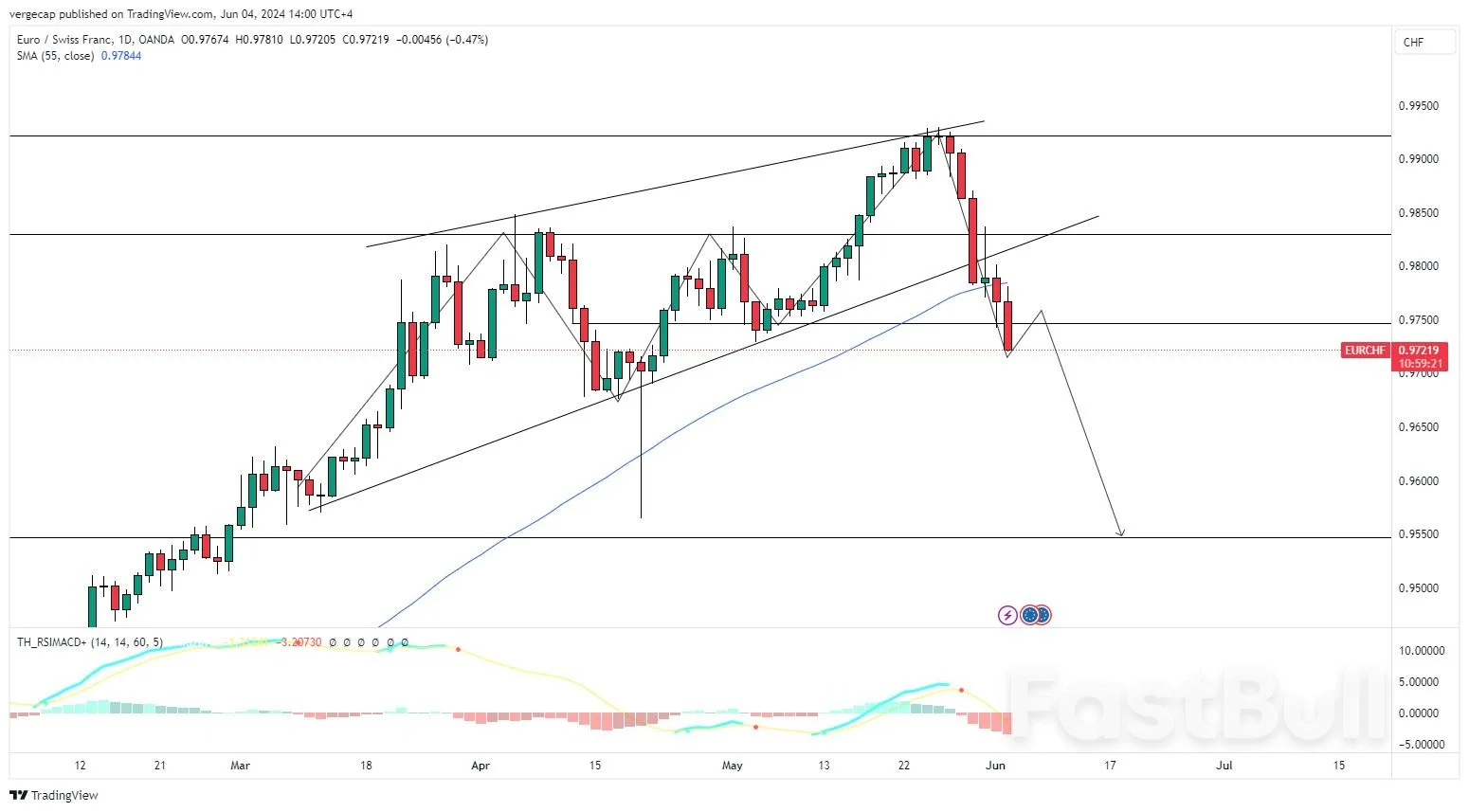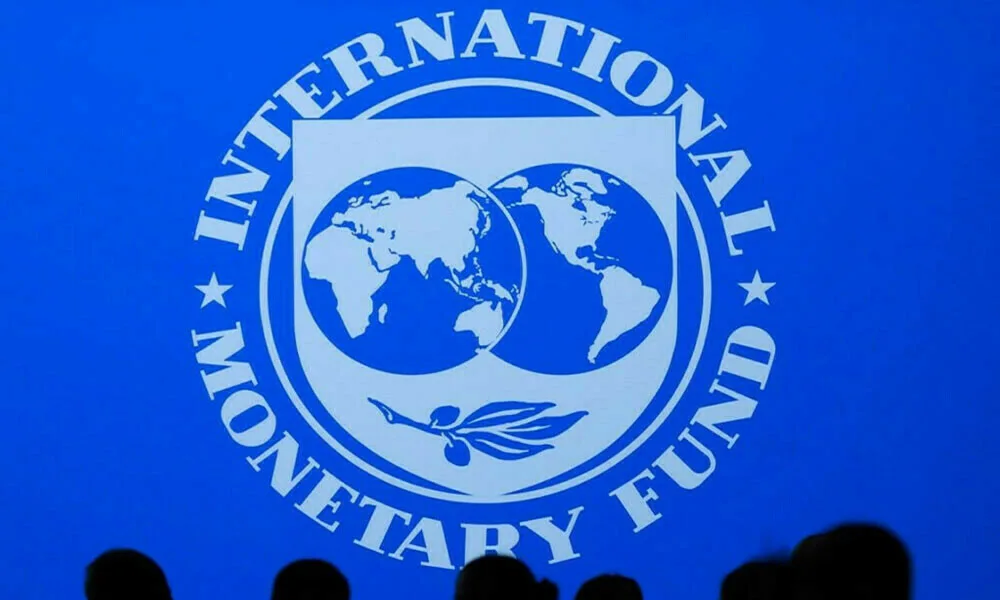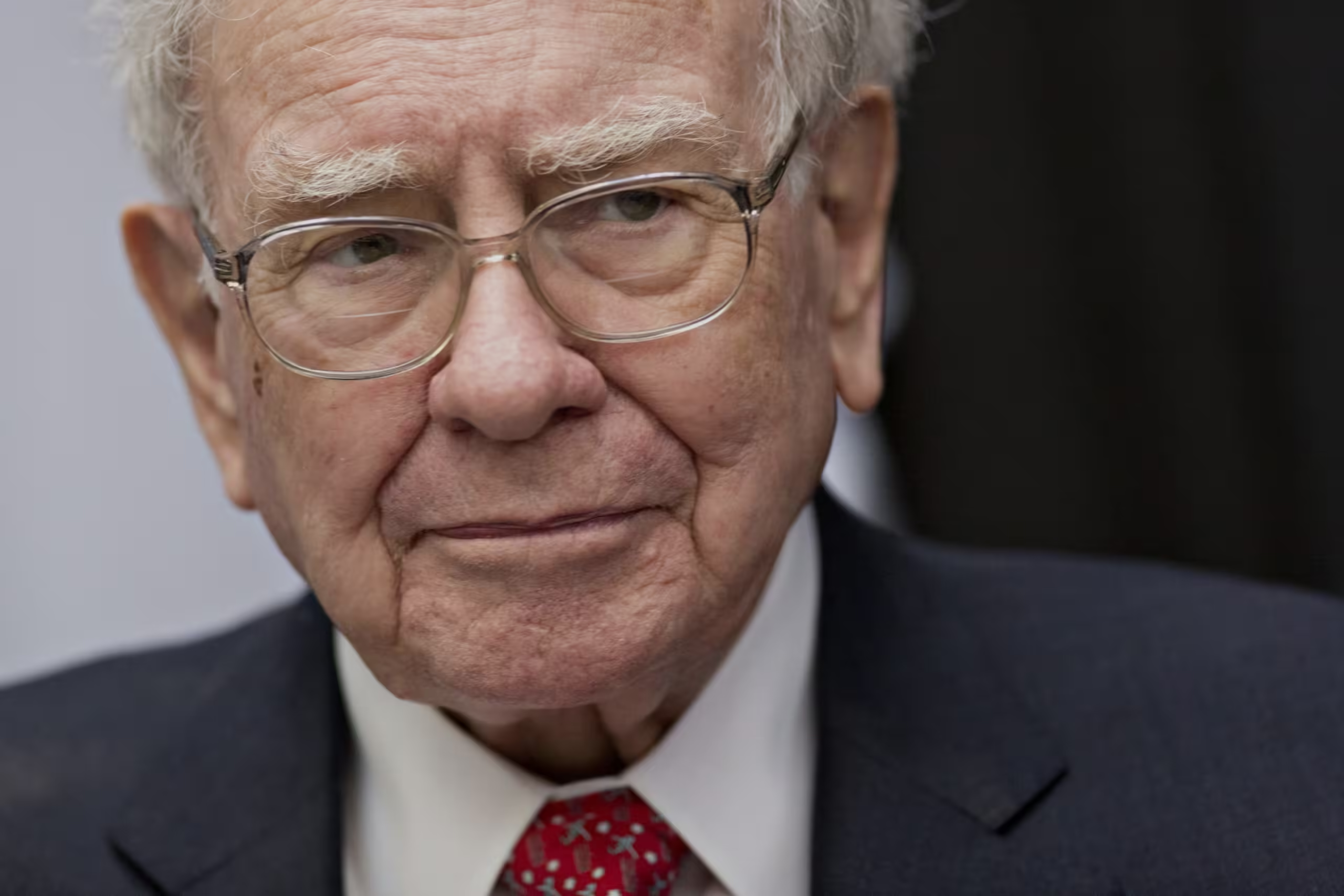Global stocks neared an all-time high and the euro gained ground on Thursday in anticipation of the European Central Bank’s (ECB) first interest rate cut in nearly five years.
As the market eagerly awaited the ECB’s decision, the pan-European STOXX 600 index climbed 0.66% by 0920 GMT. Meanwhile, the MSCI 47-country main world index approached a new peak.
On Wednesday, the Bank of Canada reduced its key policy rate, becoming the first G7 nation to do so in this cycle. The widely expected cut aims to ease pressure on heavily indebted consumers, though further easing will be gradual and data-dependent. Governor Tiff Macklem announced the reduction of Canada’s interest rates to 4.75% from 5%, the first cut in four years, during a press conference.
Investor sentiment was high, fueled by Wall Street’s S&P 500 and Nasdaq setting new records. Nvidia, the $3 trillion AI powerhouse, surpassed Apple to become the world’s second-most valuable company, trailing only Microsoft.
The euro continued its ascent, adding another 0.1% to its 2% rise over the past month, reaching $1.0880. Traders, however, awaited signals from the ECB, which is expected by all 82 economists polled by Reuters to cut the eurozone interest rate to 3.75% from the record-high 4.0% level. The future direction of ECB policy remains a topic of much debate.
Upcoming EU elections and stronger-than-expected economic data have cast doubts on the extent of further rate cuts this year. In May, eurozone inflation exceeded expectations, driven by price growth in the services sector, which reflects domestic demand. This was likely influenced by larger-than-expected wage hikes in the first quarter, boosting consumers’ disposable income.
Michael Metcalfe, head of global macro strategy at State Street Global Markets, noted the well-flagged nature of the ECB’s anticipated move. “Maybe today is going to mark something of a watershed as they (ECB) are not going to be able to be as clear with their forward guidance,” he said. Considering recent robust data, “what follows is now a much harder question for markets – and the ECB – to assess,” he added, suggesting that the euro might gain support post-announcement.
Global Central Bank Actions
The Bank of Canada led the charge in cutting rates, with the ECB expected to follow suit. The US Federal Reserve meets next week but isn’t expected to move until September. The Bank of Japan, meeting the week after, will likely debate raising rates.
Canada’s dollar recovered some losses post-rate cut, settling at C$1.3679 per US dollar.
In bond markets, Germany’s two-year government bond yield, sensitive to policy rate expectations, decreased by 0.5 basis points to 2.98%. It had peaked at 3.125% on Friday, the highest since mid-November. Benchmark 10-year US Treasury yields remained near their lowest in two months, following data hinting at a cooling US labor market.
Market expectations now include nearly two full 25 basis point US rate cuts this year, with a September move seen as a 68% chance, up from 47.5% last week.
“We’re still in the Goldilocks range, so bad economic news has been good for equities as Fed rate cuts are back on the table,” said Ben Bennett, Asia-Pacific investment strategist at Legal And General Investment Management.
Attention is turning to the US nonfarm payroll report for May, with a Reuters poll expecting an increase of 185,000 jobs. “We need that to be around 100-150k to maintain the Goldilocks narrative,” Bennett said. “Much higher than that and yields could move back up, but if we get zero or negative, then we could be talking about a hard landing again.”



